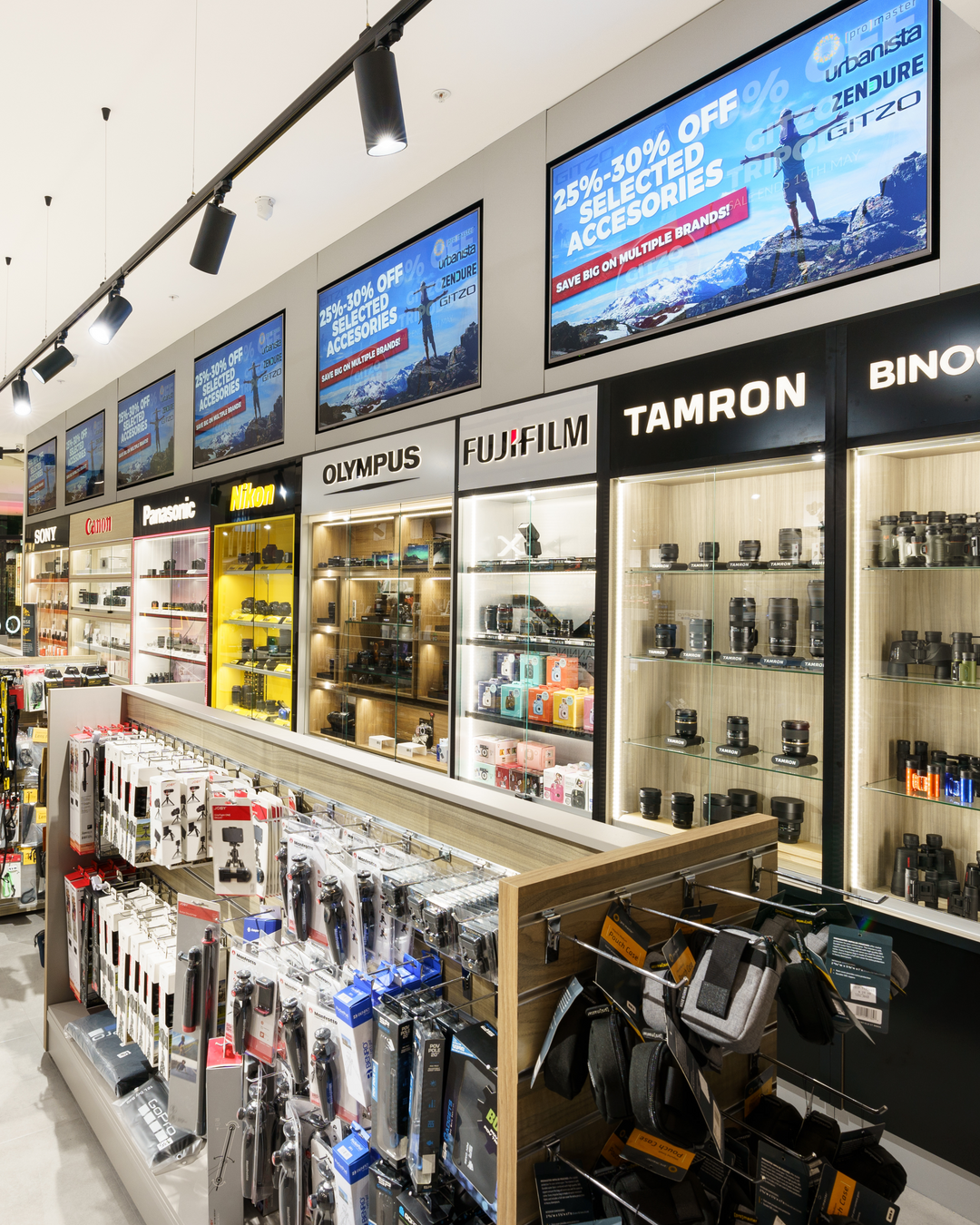A Guide to long exposure photography

Understanding the settings on your camera is the key to creating better images. In our next three blogs we will be breaking down the triangle of photography, that is shutter speed, iso, and aperture. Today we are discussing your shutter speed.
What is shutter speed?
Shutter speed is just that, how fast the shutter inside the camera closes and opens when taking a photo. A fast shutter will freeze action in a photo while a slow shutter speed will take a long exposure. The one thing to remember when shooting a long exposure is that any shake in the camera will cause your image to be blurry, so unless you’re feeling artsy a tripod is crucial! Long exposures can be used for a number of different situations:
Nightime:
So we have all been there, you want to take a great photo but it is way way to dark. So to compensate your turn the iso all the way up but then your photo is very grainy! By setting a very low shutter speed your camera will be able to capture enough light to take the perfect nighttime shots. Just make sure you are able to leave the camera stationary for long enough.
Light painting:
Whilst this type of photography does not need to be done at night it is best to be attempted at least in the evening or early morning when it is darker. The essential core of this is you set the shutter to open for around anywhere from 30 seconds up. You then take your photo and whilst it is exposing you move through the frame with a powerful light source such as a torch. This creates an almost sci-fi effect of leaving trails through the frame of your image.







 Landscape:
Landscape:

